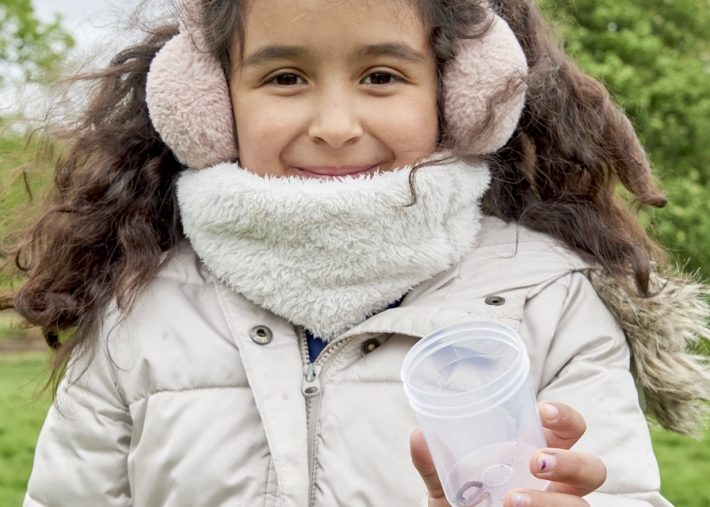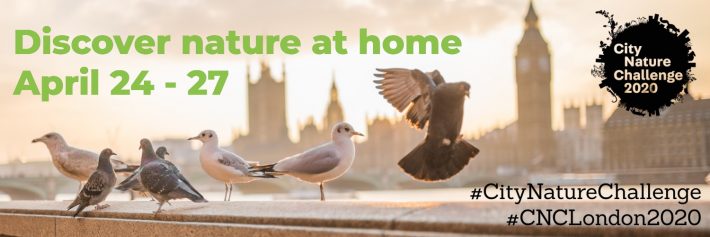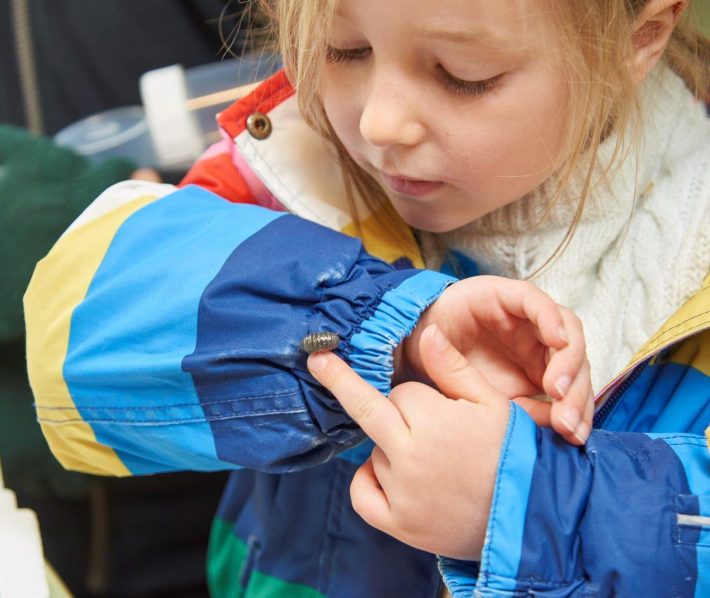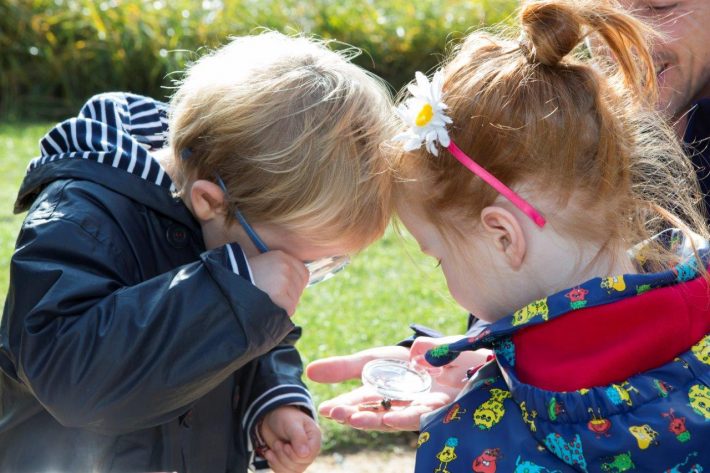10 Practical tips for recording wildlife at home
It is still possible to safely enjoy nature and contribute to scientific research during lockdown. Victoria Burton, who is helping run the #CityNatureChallenge, shares her 10 top tips for recording wildlife at home.

Many ecologists have been missing fieldwork while in COVID-19 lockdown – this weekend I should have co-organising a BioBlitz as part of LEARN CitSci and I am have not been able to do my twice-yearly volunteer survey for the National Plant Monitoring Scheme (NPMS).
Thankfully, there are still ways to safely enjoy nature and contribute to scientific research, even if you are not an expert. It may seem impossible to help document wildlife during lockdown, especially if you do not have a garden or access to green spaces. But there are still plenty of ways to engage with nature and help further urban conservation. Here are my top 10 tips for recording wildlife at home.
1. Take part in the City Nature Challenge
This year over 200 cities around the world are taking part, engaging people with nature while collecting urban biodiversity data to use for science, management, and conservation. It’s easy to get involved in the City Nature Challenge – between 24 and 27 April 2020 use the iNaturalist app to photograph and record wild organisms you see, anywhere in the UK or participating cities worldwide. You can also add identifications to observations on iNaturalist between 24 April – 3 May and results will be revealed 4 May.

2. Watch birds from your window
Take 15 minutes to sit and record all the birds you see from your window. If you want to join in with others the RSPB Breakfast Birdwatch takes place on social media weekdays between 8-9am where can share your photographs and updates using #BreakfastBirdwatch. If you would like a more structured survey the BTO Garden BirdWatch is free to join during the COVID-19 lockdown.
3. Find hidden wildlife
Create your own wildlife survey equipment such as insect traps and pooters using these free how-to guides from RSPB or make a light trap with this video from the Natural History Museum. You could even make your own wildlife camera using this guide from My Naturewatch. Take time to observe wildlife that is usually overlooked – lichens on roofs, walls and paving slabs, or the tiny plants in pavement cracks.
4. Develop your identification skills online
There are many websites and apps that can help you identify wildlife. The City Nature Challenge uses iNaturalist because it’s great for complete beginners to wildlife recording – it uses a computer vision system to suggest identifications based on other records and what has been seen in the area. For birds, try the RSPB website, for plants the Woodland Trust offers a free Tree ID app and the BSBI has many identification resources.
5. Share your wildlife records with an online recording platform
If you want to continue recording nature after the City Nature Challenge, you can navigate the sometimes bewildering array of online recording systems with FSC BioLinks blog which gives a useful guide to the pros and cons of different routes. I primarily use iRecord to manage and share my wildlife records, it gives me a single location for all my records, allows experts to check my identifications if they are set up to do so, and allows anyone to freely access my records.

6. Take part in a citizen science survey
Sci-Starter and EU-Citizen.Science provide directories of citizen science projects. Some of my favourite UK-based ones which you don’t need to leave your garden to take part in are the RHS Cellar Slug Survey, Pollinator Monitoring Scheme FIT count, and UK Ladybird Survey. Naturehood provides surveys and ways of making your green space more wildlife friendly. If you have no easy access to outdoor space, you can still take part in wildlife recording remotely using MammalWeb to identify mammals from camera trap images.
7. Indoor ‘fieldwork’
I’m fortunate to have access to outdoor space but living in a big city I am aware this is a privilege. Fortunately there are ways to take part in indoor ‘fieldwork’, The British Arachnological Society has been asking people to record the spiders they find in their homes, and there is a free guide to help you identify them.
8. Take part in global efforts remotely
Online citizen science projects have seen enormous increases in activity as countries enter lockdown. There are a huge range of projects available on Zooniverse including wildlife recording ones. Lending your identification expertise to confirm or improve community identifications on iNaturalist increases the number of observations which are transferred to the Global Biodiversity Information Facility (GBIF) and improves the algorithms which power iNaturalist’s automated taxon identification.
9. Involve the kids
Encourage your children to make a nature journal and join you in looking for wildlife. The Seek app uses the same technology as iNaturalist to identify wildlife from photographs but is child friendly as it does not require registration or location sharing and includes fun challenges and nature facts. Many Zooniverse projects are also suitable for children 5+, you can go on a virtual safari and tag animals with SnapshotSafari.org or count penguins with PenguinWatch.org.
10. Share and stay connected
Share your favourite projects and wildlife finds with friends and family, maybe over a video link. You could set up a friendly competition to see which household can find the most birds in your garden or invertebrates in your home. Follow #NearbyNature and #NatureAtHome on social media for inspiration from others and to share your ideas.

Like what we stand for?
Support our mission and help develop the next generation of ecologists by donating to the British Ecological Society.